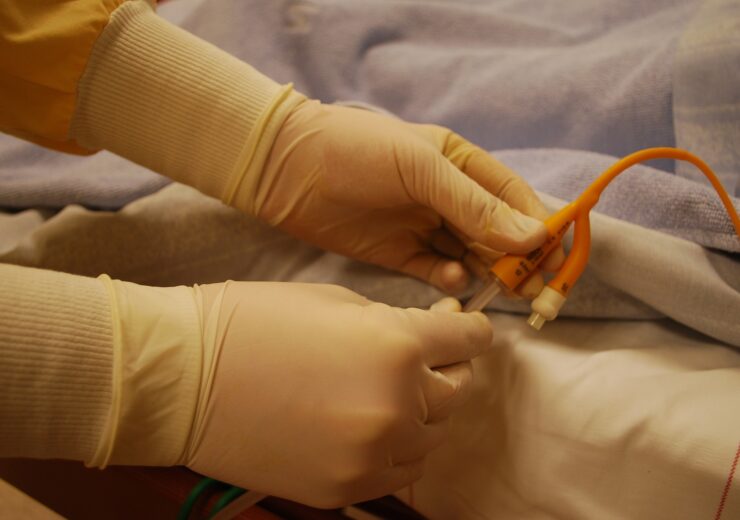The stent is used as a part of the firm’s GORE VIAFORT Device Pivotal Clinical Study for the treatment of inferior vena cava occlusive disease

Gore has reported the FIH implants of its GORE VIAFORT Vascular Stent. (Credit: Elisabeth from Pixabay)
Materials science firm W. L. Gore & Associates has reported the first-in-human implant of its investigational GORE VIAFORT Vascular Stent as part of the GORE VIAFORT Device Pivotal Clinical Study.
The prospective, multicentre, non-randomised, single-arm GORE study is intended to treat inferior vena cava (IVC) occlusive disease with or without iliofemoral vein involvement.
The GORE VIAFORT Vascular Stent uses a single-wound nitinol frame together with Gore’s tried-and-true expanded polytetrafluoroethylene (ePTFE) technology.
It has also received the Breakthrough Device designation from the US Food and Drug Administration (FDA).
The GORE Device Clinical Study is investigating the device for the treatment of iliofemoral veins and the inferior vena cava in a treatment range of 10-28mm in diameter. Under a valid Investigational Device Exemption (IDE), the study is being carried out in the US.
Gore peripheral business leader Jill Paine said: “We are excited to explore the GORE VIAFORT Vascular Stent in people experiencing IVC occlusive disease.
“At Gore, we strive to build on our legacy of deliberate innovation and prioritize research that addresses unmet needs so we truly can help improve life.”
The first patient procedure was performed by interventional radiologist Andrew Holden at the Auckland City Hospital in Auckland.
Dr Holden said: “This first implantation is an important milestone for venous occlusive disease treatment.
“Right now, there are limited device options indicated for both IVC and iliofemoral venous disease. Implanting the GORE VIAFORT Vascular Stent in patients represents a significant step forward in research.”
The company develops medical equipment for a variety of cardiovascular and other ailments. The firm aims to enhance patient outcomes via research, education, and quality initiatives.
